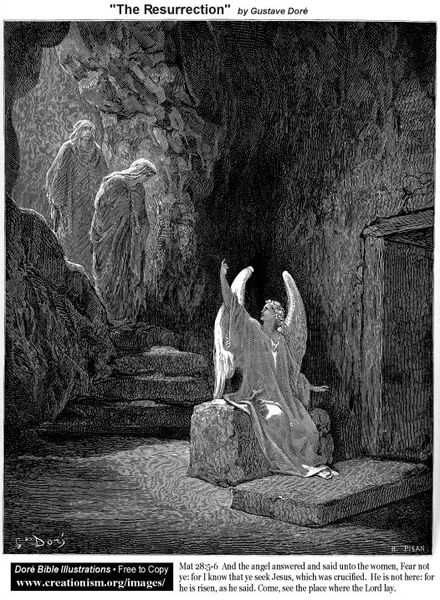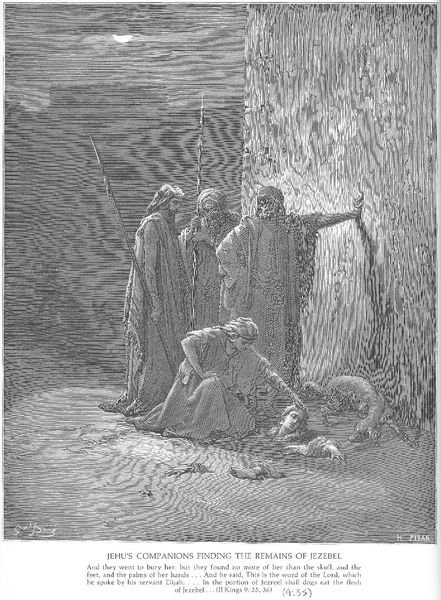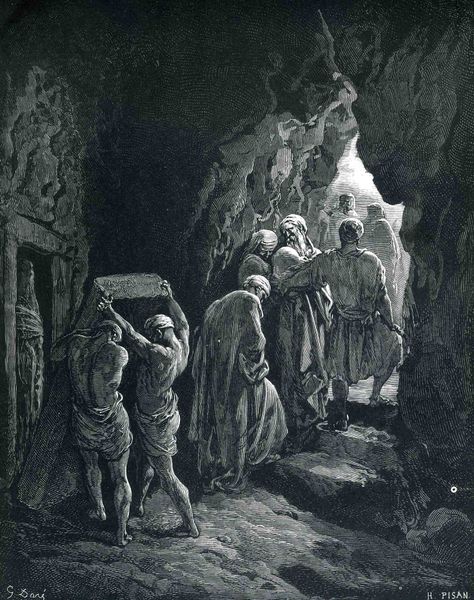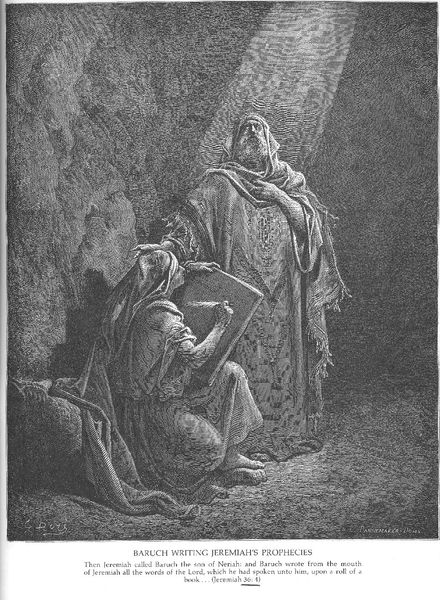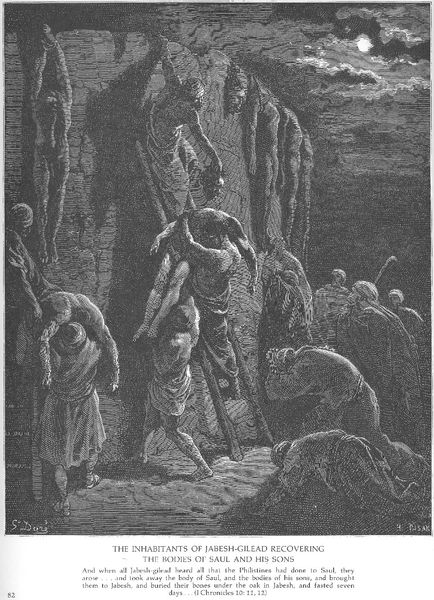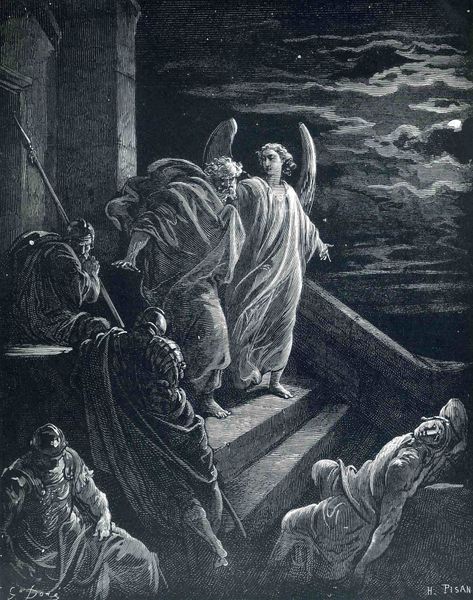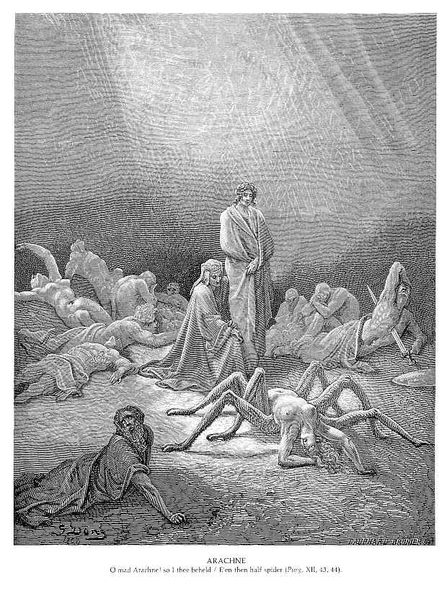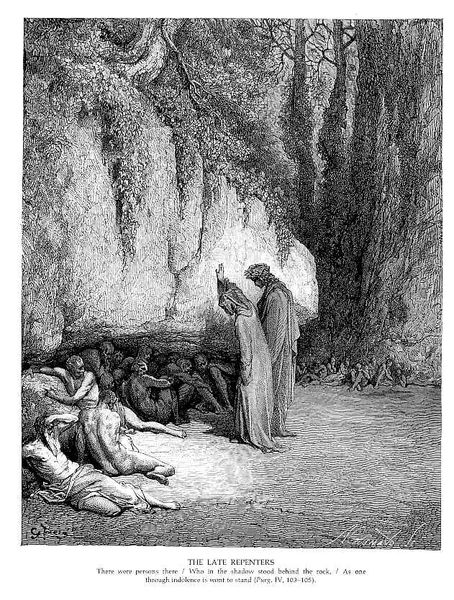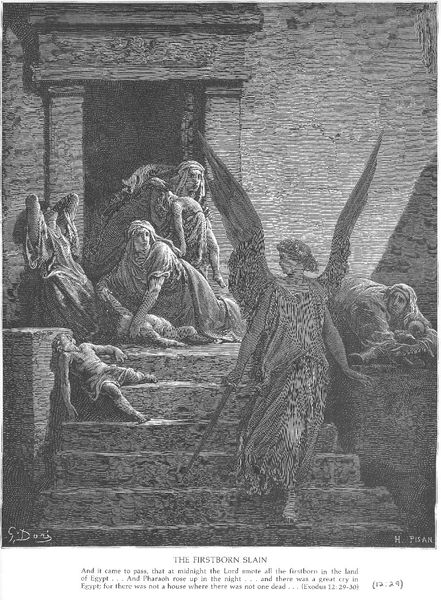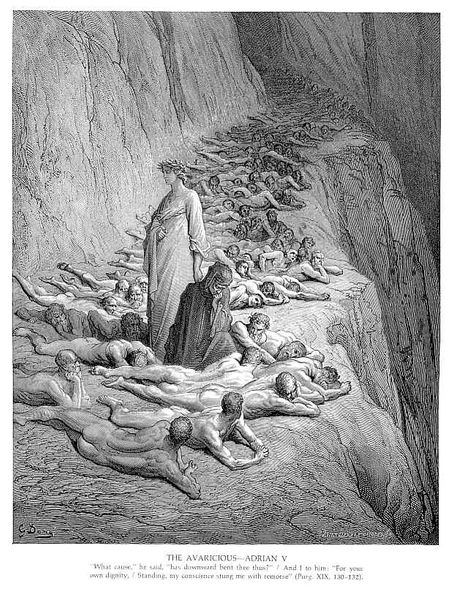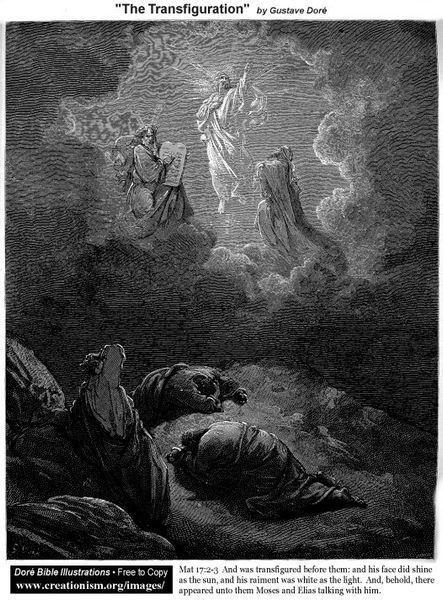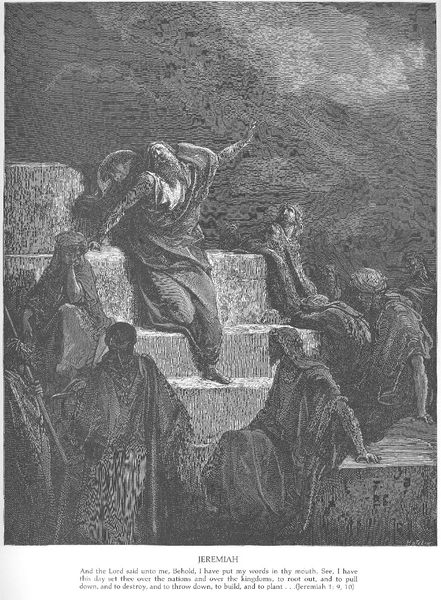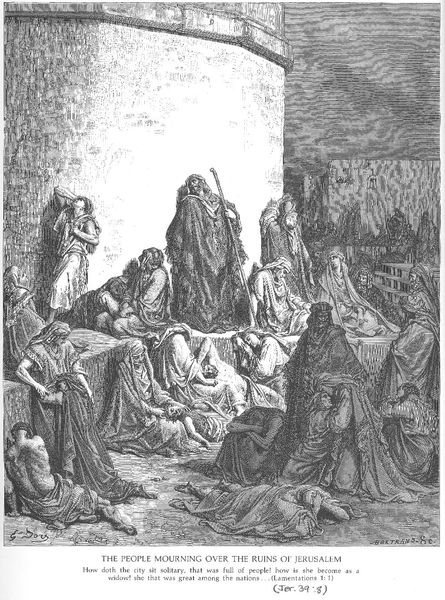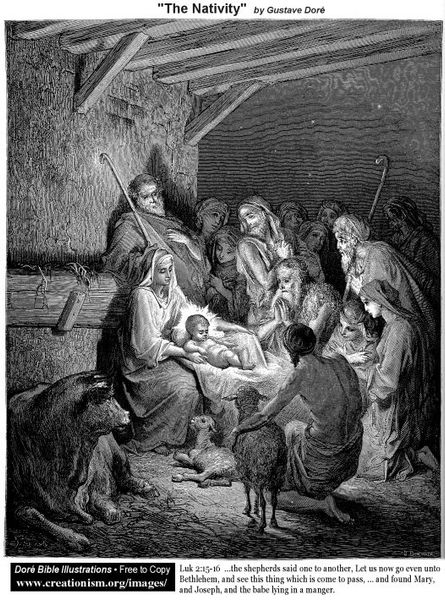
drawing, engraving
#
drawing
#
landscape
#
figuration
#
black and white theme
#
romanticism
#
christianity
#
history-painting
#
engraving
#
christ
Copyright: Public domain
Curator: Here we see Gustave Doré's engraving, "Resurrection of Lazarus." The artist powerfully depicts the biblical story of Jesus raising Lazarus from the dead. What strikes you first about it? Editor: The dramatic contrast between light and shadow, it's almost operatic. The darkness of the tomb and then, piercing it, this burst of divine light… and Lazarus blinking, struggling to return. Curator: The use of light is certainly key. Doré employs engraving techniques to create this sharp contrast and add emotional depth to the religious narrative. For centuries, Lazarus has served as a potent symbol, hasn’t he, of the power of faith and the possibility of overcoming death. The image here gives shape to our hopes for that overcoming. Editor: Absolutely. But what interests me is Doré's broader project. He aimed to make these bible stories relatable, understandable, visible for the modern 19th-century audience. Lazarus emerging almost reluctantly seems more human than divine, a perspective many embraced. It shifts the miraculous towards a psychological portrayal of recovery. Curator: And that psychological element speaks to the heart of the symbolic value – of spiritual awakening, new beginnings after despair. In iconography, light is always associated with truth and divine presence; but in Doré’s hand, the dramatic play emphasizes internal struggle, even the fear of the unknown of afterlife. Editor: Indeed, notice those shrinking figures surrounding Lazarus and Jesus; not ecstatic faith, but almost terrified doubt at seeing the established social orders disrupted! It's interesting that Doré uses a Romantic style, usually employed for scenes of sublime natural grandeur, here applied to a miracle. He transforms the bible from a historical narrative to an emotionally charged visual experience that engages viewers of any background to respond to universal concerns of human existence, life, and death. Curator: Exactly! He encourages empathy, doesn’t he? Perhaps Doré wanted to reveal to people their relationship with the old narrative in a way that they find hope for the future of society. Editor: Well, either way, it serves as a lasting reminder of art’s power to shape our understanding of even the most foundational stories. Curator: A powerful piece. And a fitting example of how historical narratives intersect with the visual vocabulary of their era.
Comments
No comments
Be the first to comment and join the conversation on the ultimate creative platform.
